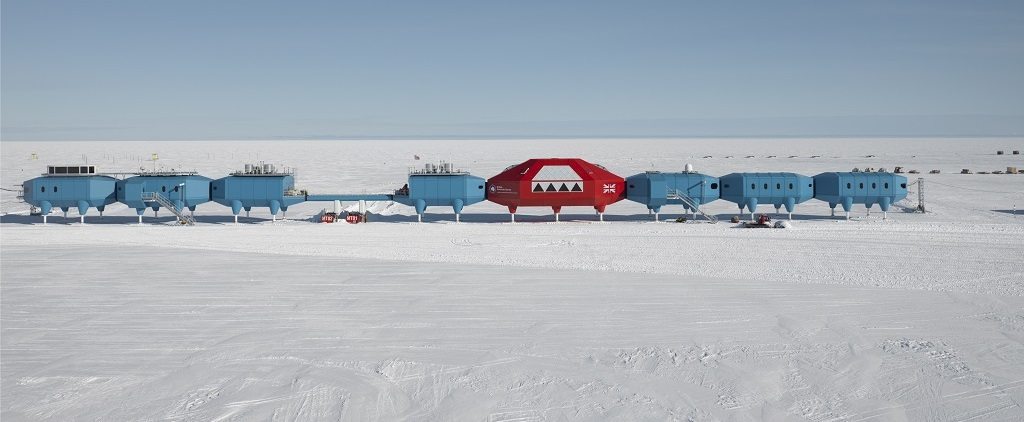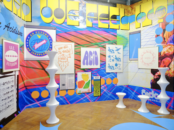Hugh Broughton, Director of Hugh Broughton Architects in west London explains an approach to architecture which places the human experience at the heart of the design process.
Is designing the cutlery at the Halley VI Research Station in Antarctica a case of overbearing micro-management, or the result of an ethos which aims to improve the user experience at every juncture?
Significantly, Broughton eschews the goal of creating iconic buildings in favour of an approach which is more organic, more contextual, and more concerned with building that which will be, and remain, relevant.
Trebuchet puts some questions to the man at the helm.
What is the best compliment your work has received and why did it mean a lot to you?
A potential client asked two people for their opinion of our practice. One said that we would be a safe pair of hands. The other said we would really challenge them. I was so pleased with the dichotomy of response. You never want to be entirely predictable in life – that takes all the fun away!
What’s your favourite building?
I don’t believe there is any such thing as a ‘favourite building’. Great buildings inhabit their site and respond to it in alluring ways. They eschew style and instead play to the human senses. There are numerous examples spanning history which do this for me, ranging from Stonehenge to Louis Kahn’s Kimbell Art Museum in Forth Worth.
The most recent building I saw which set my pulse racing was the Clyfford Still Museum in Denver by Allied Works, an essay in light and materiality working in harmony to show the artist’s work to best effect.
Tell us about the biggest and smallest things you’ve designed?
In 2012 we won a competition to design a whole city block in Beijing based on the principle of spiral phyllotaxis, which is the natural spiral mesh of the growth pattern of many plants. It was a 500,000 square metre scheme developed around a central plaza. Unsurprisingly, it never got built.
At the other end of the scale, we designed an Antarctic Research Station called Halley VI. Within the station we designed everything including the cutlery, so I guess the smallest thing we ever designed was a teaspoon.

Is creating something iconic always the goal and if not why not?
That is never my goal. Instead I like to design buildings which people want to be in, that they can use and above all that they can enjoy on a daily basis.
I can’t stand buildings which are one-hit wonders, charming from a distance and increasingly disappointing the more you explore. In the modern age of disposable information, the icon has assumed a wholly unjustified significance and we need to turn our backs on this and go back to the roots of architecture to ensure buildings which remain relevant for generations to come.
….
The full version of this interview will appear in the printed edition of Trebuchet Magazine available to pre-order here.
Image: Halley VI Antarctic Research Station by James Morris

The aim of art is to represent not the outward appearance of things, but their inward significance. – Aristotle



















